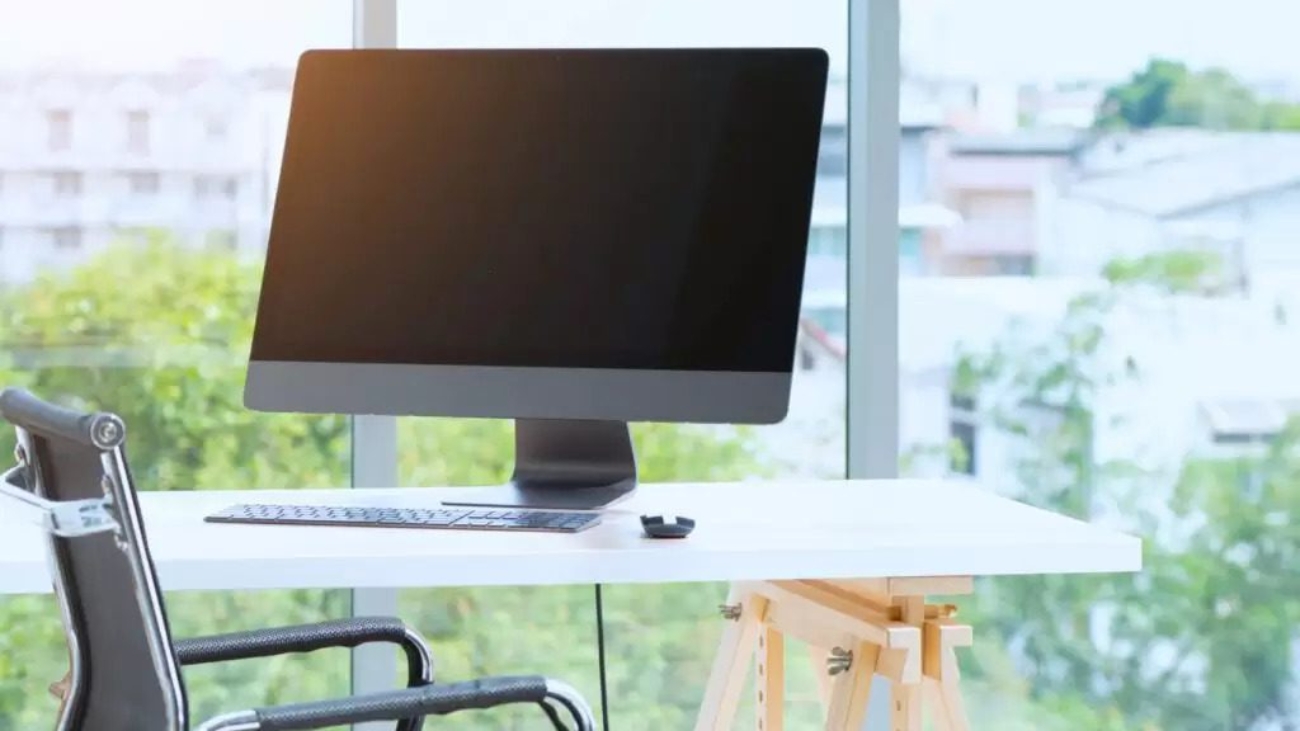Many homeowners struggle with creating a bright and airy atmosphere in their homes.
Whether it’s due to small spaces, limited natural light, or dark decor, a lack of light can make a home feel dull and uninviting.
This can be a problem for those who want their homes to feel warm and welcoming, or who need a space that inspires creativity and productivity.
Not only can a dark and dimly lit home feel dreary, but it can also have negative effects on our mental health.
Lack of natural light can contribute to Seasonal Affective Disorder (SAD), which can cause feelings of depression, anxiety, and lethargy.
Additionally, a poorly lit home can make it difficult to perform daily tasks and activities, such as cooking, reading, and working.
In Australia, homeowners are increasingly focused on creating sustainable and energy-efficient homes.
When it comes to lighting, this means using LED bulbs, which use less energy and last longer than traditional bulbs.
Also, smart home technology has made it easier than ever to control lighting remotely, allowing homeowners to maximize energy efficiency and create the perfect lighting atmosphere at all times.
Here are several tips that are proven to be cost-effective and provide a number of other benefits for homeowners;
Use Neutral Or Lighter Colors
When it comes to creating a bright and airy atmosphere, lighter colors are your best friend.
Choose light-colored paint, furniture, and decor to help reflect natural light and make your space feel larger.
For example, the owners of a small apartment in Melbourne struggled with a lack of natural light and small spaces.
To brighten the space, they painted the walls a light, neutral color throughout the apartment.
Use Mirrors
Mirrors are a great way to reflect light and make a space feel bigger.
Hang mirrors strategically in areas that get a lot of natural light, such as near windows or skylights.
Incorporate Ambient Lighting
Ambient lighting refers to lighting that creates a soft, warm glow throughout a room.
This can include table lamps, floor lamps, and overhead lighting fixtures. Be sure to use warm-colored bulbs to create a cozy, inviting atmosphere.
Consider Task Lighting
Task lighting is essential for areas where you need bright, focused light to perform specific tasks, such as cooking or reading.
Use task lighting fixtures, such as under-cabinet lighting or reading lamps, to create a well-lit, functional space.
Maximise Natural Light
If your home has limited natural light, there are several strategies you can use to maximize what you do have.
Keep windows clean and unobstructed, use light-colored window treatments, and consider installing skylights or light tubes to bring in more natural light.
For example, a couple in Sydney wanted to create a bright, relaxing atmosphere for their dark bedroom. They added light-colored bedding and curtains, and painted the walls a pale blue to create a calming effect.
They also installed a large window to maximise natural light, and added a reading lamp and bedside table lamps for task lighting.
Homeowners are increasingly interested in biophilic design, which incorporates natural elements such as plants and natural light to create a calming, stress-reducing atmosphere.
By incorporating these trends into their lighting design, homeowners can create bright, welcoming homes that are both functional and sustainable.
Benefits to homeowners
There are many benefits to applying the tips for lightening and brightening a home to Australian homeowners, including environmental, cost, and long-term factors.
Environmental Benefits
Using natural light and energy-efficient lighting sources such as LED bulbs can help reduce a homeowner’s carbon footprint and energy consumption, which is important for the environment.
By relying less on artificial light, homeowners can reduce their energy bills and help conserve energy resources.
Cost Benefits
By incorporating natural light and energy-efficient lighting sources, homeowners can save money on their energy bills over the long term.
For example, LED bulbs use less energy and last longer than traditional bulbs, which means fewer replacements and lower energy costs.
Long-Term Benefits
Incorporating light and bright design principles can have long-term benefits for homeowners.
Bright, well-lit spaces can help improve mood and productivity, making it easier to get work done and enjoy time at home.
Additionally, by investing in sustainable and energy-efficient lighting sources, homeowners can enjoy long-term savings and reduce their environmental impact.
Overall, applying these tips can help Australian homeowners create beautiful, welcoming spaces that are sustainable, cost-effective, and beneficial for the environment.
By incorporating natural light, energy-efficient lighting sources, and biophilic design principles, homeowners can enjoy a brighter, more sustainable future for their homes.

